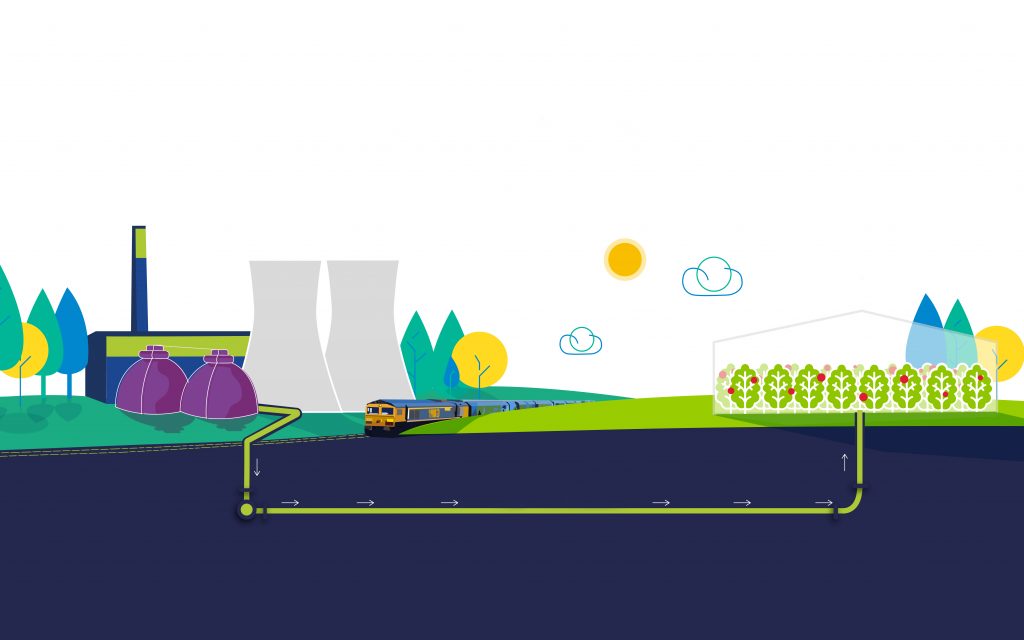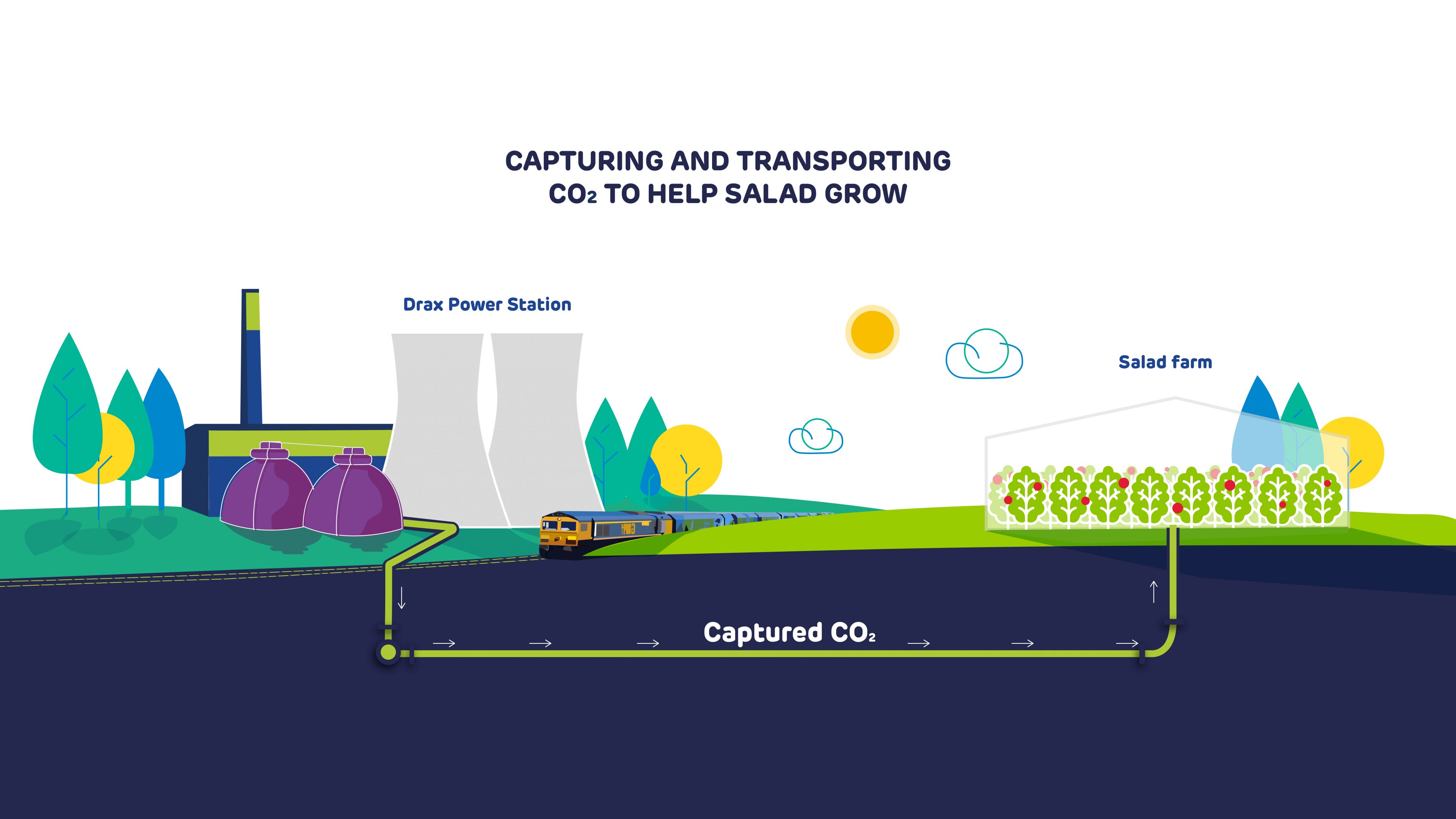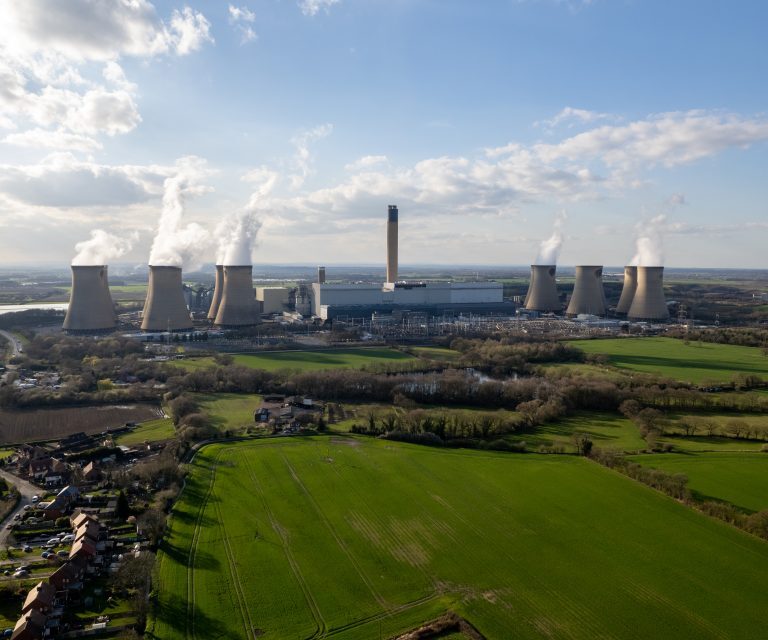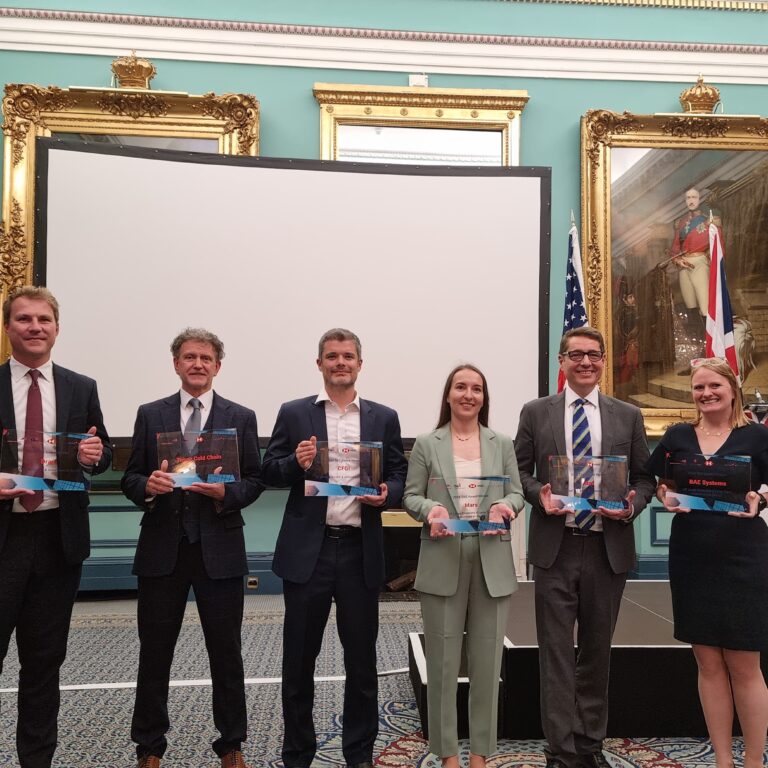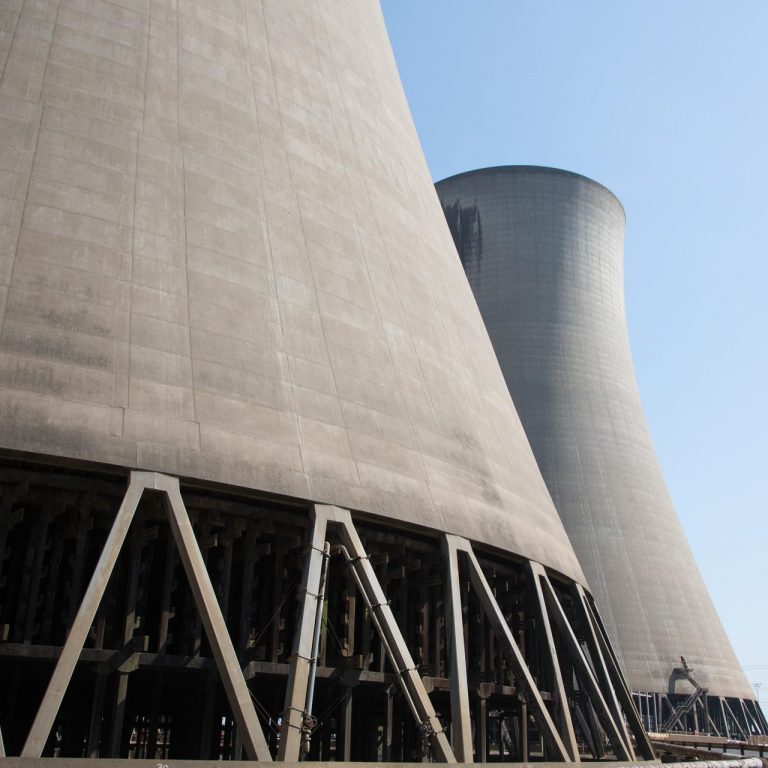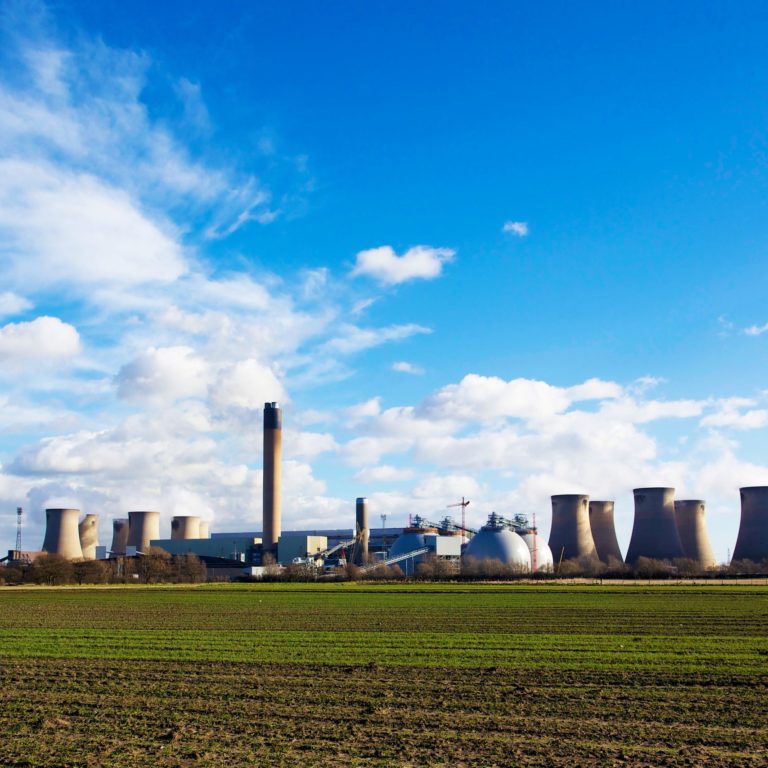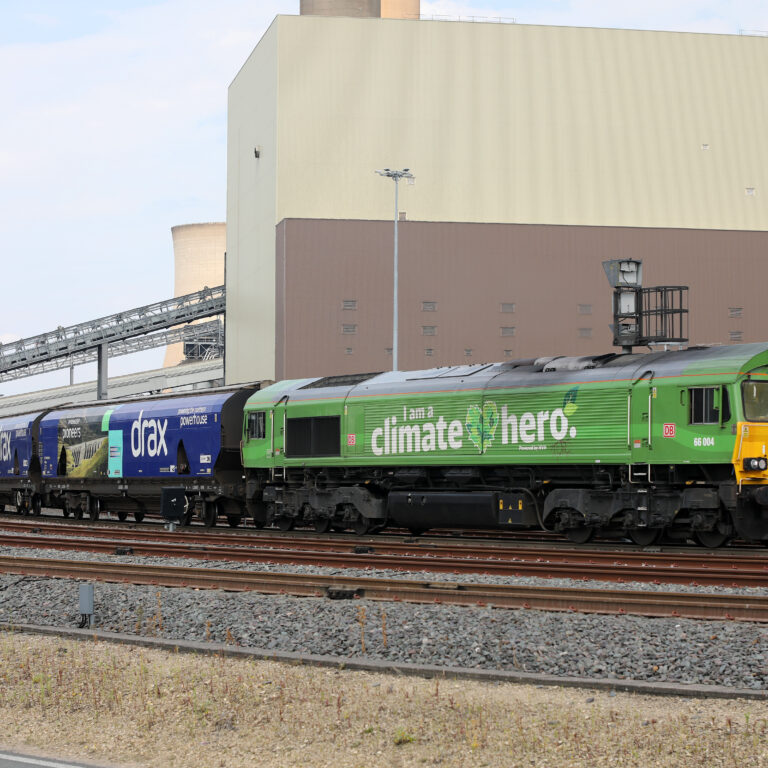- Fuel cell FEED study to assess the feasibility of building a second carbon capture pilot at Drax Power Station will help position the UK as a world leader in the fight against climate change
- The technology used will produce power at the same time as capturing carbon dioxide from Drax’s flue gases
- Neighbouring horticultural site will use the CO2 to improve yields and demonstrate how businesses working together in clusters can deliver climate solutions
Th government funding will be used to explore using FuelCell Energy’s molten carbon fuel cell to generate electricity whilst capturing CO2 from the flue gases produced during the combustion of biomass for renewable power generation at Drax.
Once captured, the CO2 will be transported to a horticultural site which is located next to the power station, to help improve its greenhouse yields.
Will Gardiner, Drax Group CEO, said:
“We believe fuel cell technology could help us to meet the rise in global demand for electricity, whilst capturing the carbon dioxide produced during its generation.
“Our FEED study will help us to understand the technical and economic feasibility of fuel cells, with a view to scaling the technology up, whilst showing that clusters of businesses working together to deliver climate change solutions, can also deliver benefits for their business.”
Chris Skidmore, Energy & Clean Growth Minister, said:
“Cutting edge technology to capture carbon will cut emissions as we work towards a net zero economy while creating new jobs – a key part of our modern Industrial Strategy.
“This innovative project from Drax represents a major milestone in efforts to rollout carbon capture at scale by the 2030s.”
The technology developed by US-based FuelCell Energy captures the CO2 from an external flue gas stream whilst also generating electricity. This gives the technology a potential advantage over solvent-based systems, which can consume heat and electricity in order to operate.
“Carbon capture using FuelCell Energy’s solution is a potential game-changer for affordability and efficiency of concentrating and capturing carbon dioxide from emitters,”
said Tony Leo, Executive Vice President, Chief Technology Officer, FuelCell Energy.
“We are pleased to have the opportunity to partner with Drax and BEIS for such an innovative and critically important subject as cleaner energy.”
The FEED study will explore the potential for utilising the CO2 from the fuel cell pilot to help improve crop yields. Tomatoes and other salad crops will be grown by APS Group in huge greenhouses owned by P3P Partners which are next to Drax Power Station.
Philip Elborne, Business Development Manager at P3P Partners LLP said:
“We are really excited to be working with Drax on their Fuel Cell carbon capture project. We pride ourselves on building and operating high quality, efficient combined heat and power systems and are committed to delivering the most value to our customers. Being able to utilise CO2 captured from this system into our glasshouses will help us to achieve this while supporting the goal to reduce emissions.”
Phil Pearson, Group Development Director at APS Group said:
“This exciting partnership with Drax will enable carbon dioxide captured at their power station to be piped to our neighbouring glasshouses to produce high quality salad crops. We have already deployed gas-fired combined heat and power systems on all of our British glasshouse nurseries to produce clean electricity for local communities whilst using the carbon dioxide and heat to grow the crops with negligible waste.”
Drax Power Station in North Yorkshire is the UK’s largest renewable power generator after converting two thirds of the plant to use sustainable biomass instead of coal.
It is now looking at a range of technologies which could enable it to capture the carbon dioxide released from the combustion of biomass to become the world’s first negative emissions power station.
The Royal Society and Royal Academy of Engineering have estimated that bioenergy carbon capture and storage (BECCS) could enable the UK to capture 50 million tonnes of carbon dioxide per year by 2050 – approximately half the nation’s emissions target.
The Front End Engineering Design (FEED) study will be completed at Drax later this year.
ENDS
We have an animation (https://vimeo.com/329448083/a9c9b21224) which shows how the fuel cell technology works – as well as a graphic (https://www.drax.com/wp-content/uploads/2019/06/Drax_fuel_greenhouse_v6.jpg) showing how CO2 produced at Drax Power Station will be transported to the salad farm nearby.
Media contacts:
Ali Lewis
Drax Group Head of Media & PR
E: ali.lewis@drax.com
T: +44 (0) 771 267 0888
Jessica Gorton
Drax Group Press Officer
E: jessica.gorton@drax.com
T: +44 (0) 771 267 7177
Editor’s Notes
- The funding for the fuel cell Front End Engineering Design (FEED) study at Drax was secured through the government’s CCUD Phase 2 competition.
- The FuelCell system captures up to 85 tonnes of CO2 per day while generating additional power.
- The fuel cell runs on natural gas which creates additional CO2 emissions – these are also captured during the process. It will also destroy up to 70% of the NOx emissions from Drax’s flue gases.
- FCE’s carbonate fuel cell is modular, and this demonstration project will utilise two standard fuel cell modules similar to FCE’s SureSource3000 commercial power generation system.
- Drax Power Station is the single largest user of sustainable biomass for power in the world – around 75% of the electricity it produces is renewable, enough to power four million households.
- Biomass, such as sustainably sourced compressed wood pellets, is a renewable fuel – the CO2 captured when it grew is equal to the emissions it releases when used to generate electricity so it does not contribute new carbon to the biosphere. When coupled with CCS, the overall process of biomass electricity generation removes more CO2 from the atmosphere than it releases – delivering negative emissions.
- The government’s Clean Growth Strategy identified ‘sustainable biomass power stations used in tandem with CCUS technology’ as a potential route to achieving long-term decarbonisation between now and 2050.
- Drax is already capturing a tonne of CO2 from its first BECCS pilot project – the first of its kind in the world, using an organic solvent developed by Leeds University spin out C-Capture.
- Drax announced in May it had signed a memorandum of understanding with Equinor and National Grid Ventures. The three energy companies will work together to explore how a large-scale carbon capture usage and storage (CCUS) network and a hydrogen production facility could be constructed in the Humber in the mid-2020s.
- Drax is also working with Deep Branch Biotechnology to utilise the carbon captured at Drax power station. The pilot project will create protein from the carbon, which can be used as sustainable animal feed.
- There are other markets which Drax expects to provide significant opportunities such as using the CO2 captured in the creation of synthetic fuels which could help other hard to decarbonise sectors like aviation to reduce emissions.
About Drax
Drax Group’s ambition is to enable a zero carbon, lower cost energy future. Its 2,600-strong staff operate across three principal areas of activity – electricity generation, electricity sales to business customers and compressed wood pellet production.
Power generation:
Drax owns and operates a portfolio of flexible, low carbon and renewable electricity generation assets across Britain. The assets include the UK’s largest power station, based at Selby, North Yorkshire, which supplies five percent of the country’s electricity needs.
Having converted two thirds of Drax Power Station to use sustainable biomass instead of coal it has become the UK’s biggest renewable power generator and the largest decarbonisation project in Europe.
Its pumped storage, hydro and energy from waste assets in Scotland include Cruachan Power Station – a flexible pumped storage facility within the hollowed-out mountain Ben Cruachan. It also owns and operates four gas power stations in England.
B2B supply:
Drax owns two B2B energy supply businesses:
- Haven Power, based in Ipswich, supplies electricity and energy services to large Industrial and Commercial sector businesses.
- Opus Energy, based in Oxford, Northampton and Cardiff, provides electricity, energy services and gas to small and medium sized (SME) businesses.
Pellet production:
Drax owns and operates three pellet mills in the US South which manufacture compressed wood pellets (biomass) produced from sustainably managed working forests. These pellet mills supply around 20% of the biomass used by Drax Power Station in North Yorkshire to generate flexible, renewable power for the UK’s homes and businesses.
For more information visit www.drax.com
About FuelCell Energy
FuelCell Energy, Inc. (NASDAQ: FCEL) delivers efficient, affordable and clean solutions for the supply, recovery and storage of energy. We design, manufacture, undertake project development of, install, operate and maintain megawatt-scale fuel cell systems, serving utilities and industrial and large municipal power users with solutions that include both utility-scale and on-site power generation, carbon capture, local hydrogen production for transportation and industry, and long duration energy storage. With SureSource™ installations on three continents and millions of megawatt hours of ultra-clean power produced, FuelCell Energy is a global leader in designing, manufacturing, installing, operating and maintaining environmentally responsible fuel cell power solutions. Visit us online at www.fuelcellenergy.com and follow us on Twitter @FuelCell_Energy.








